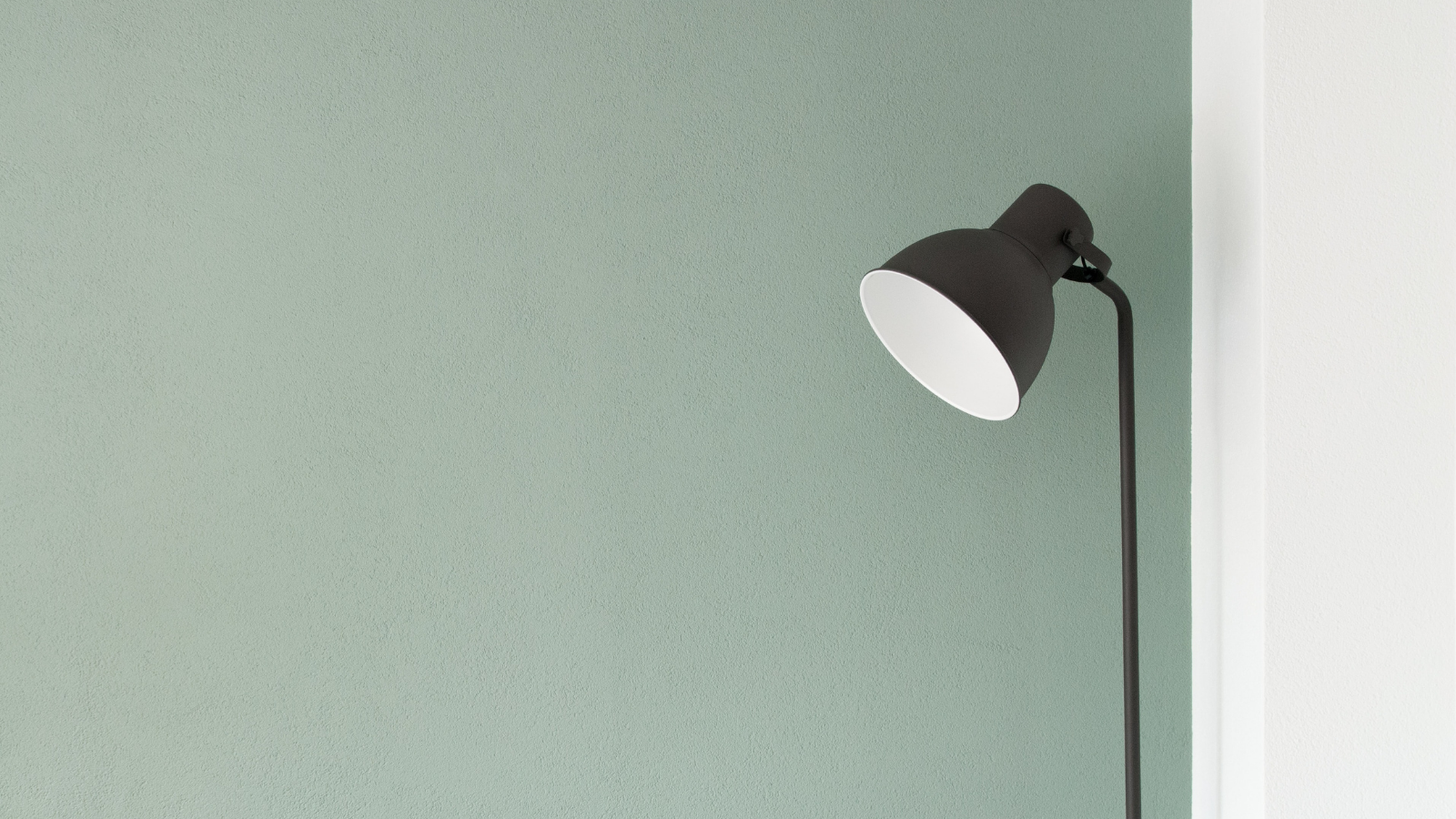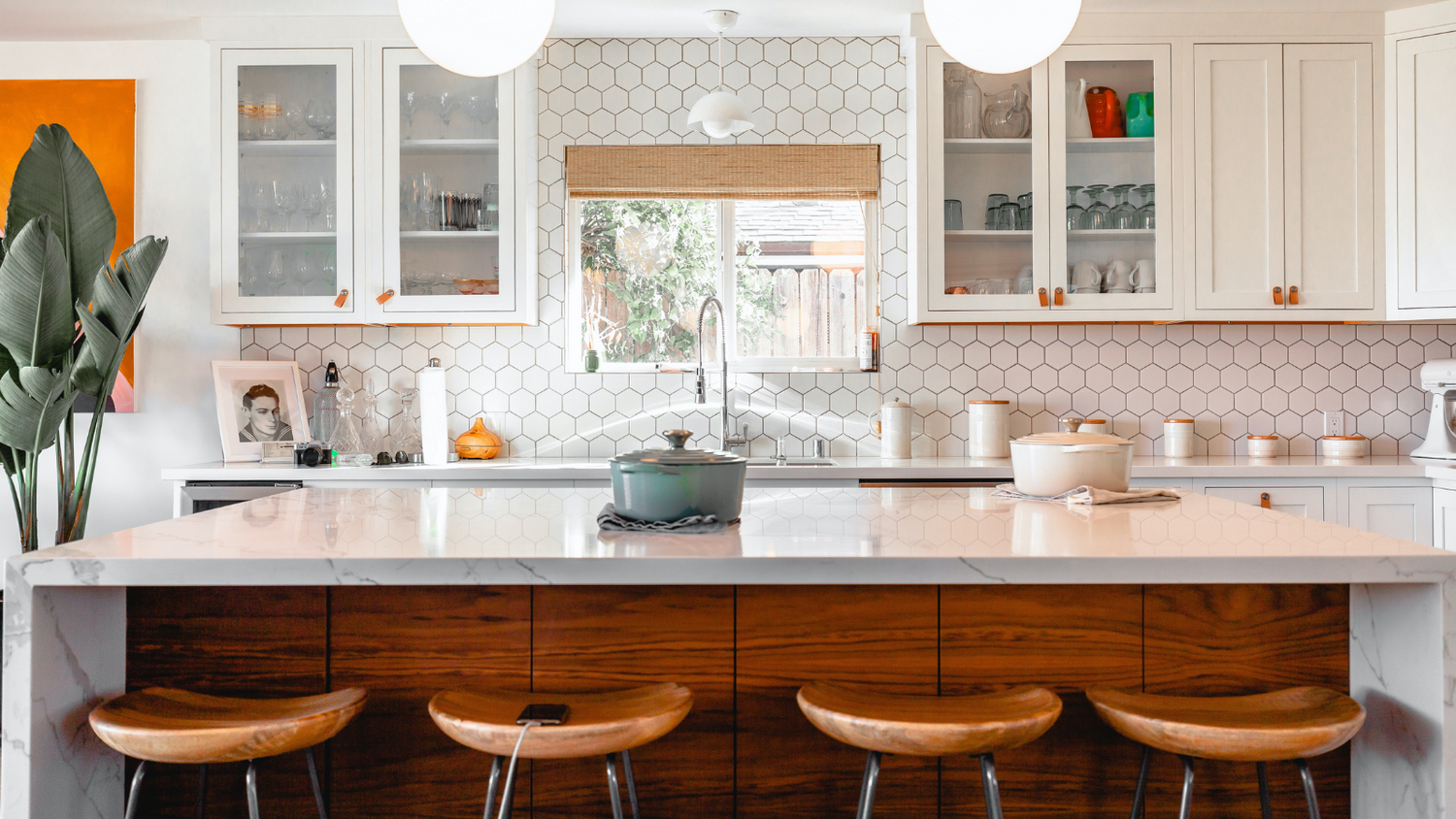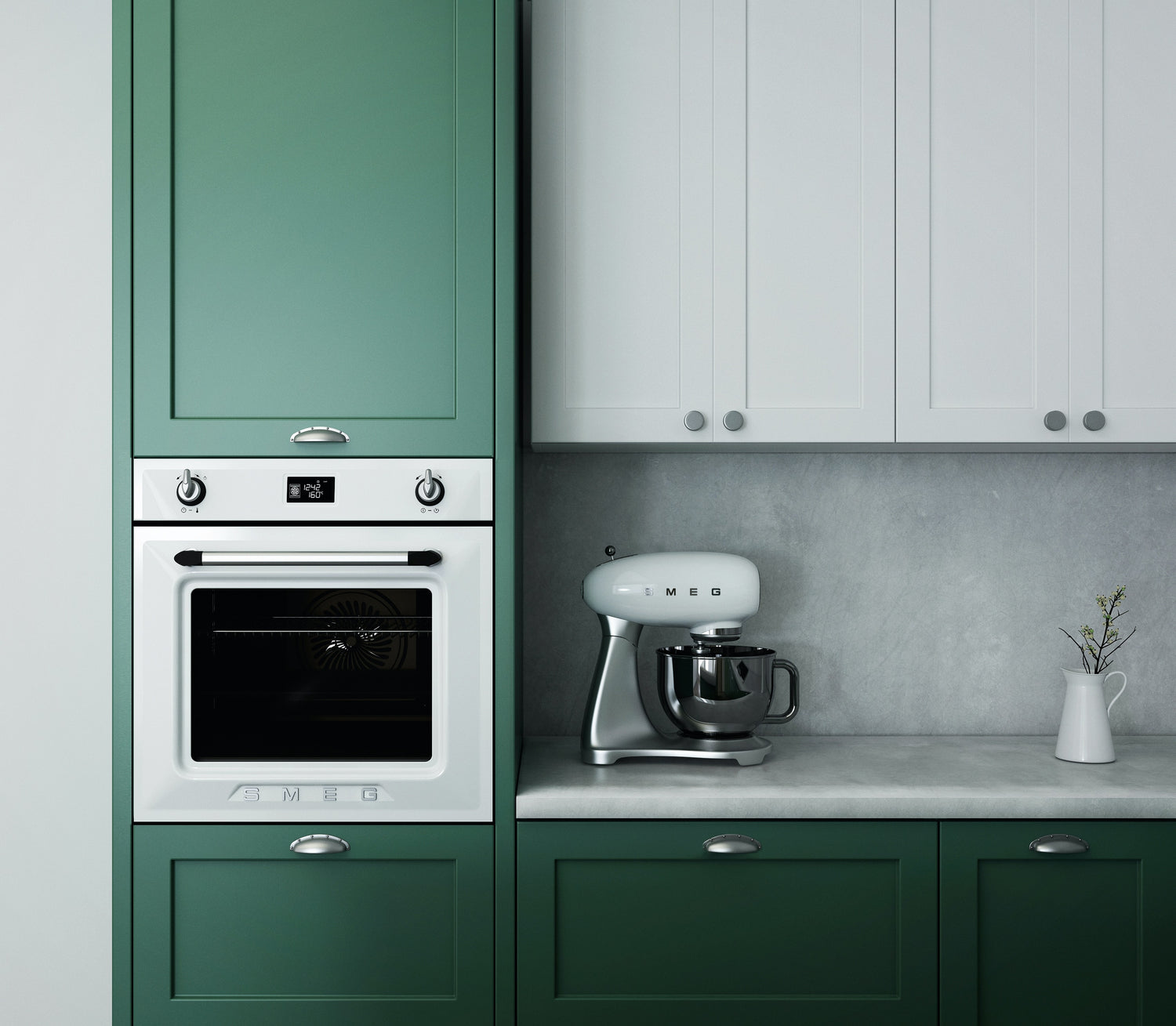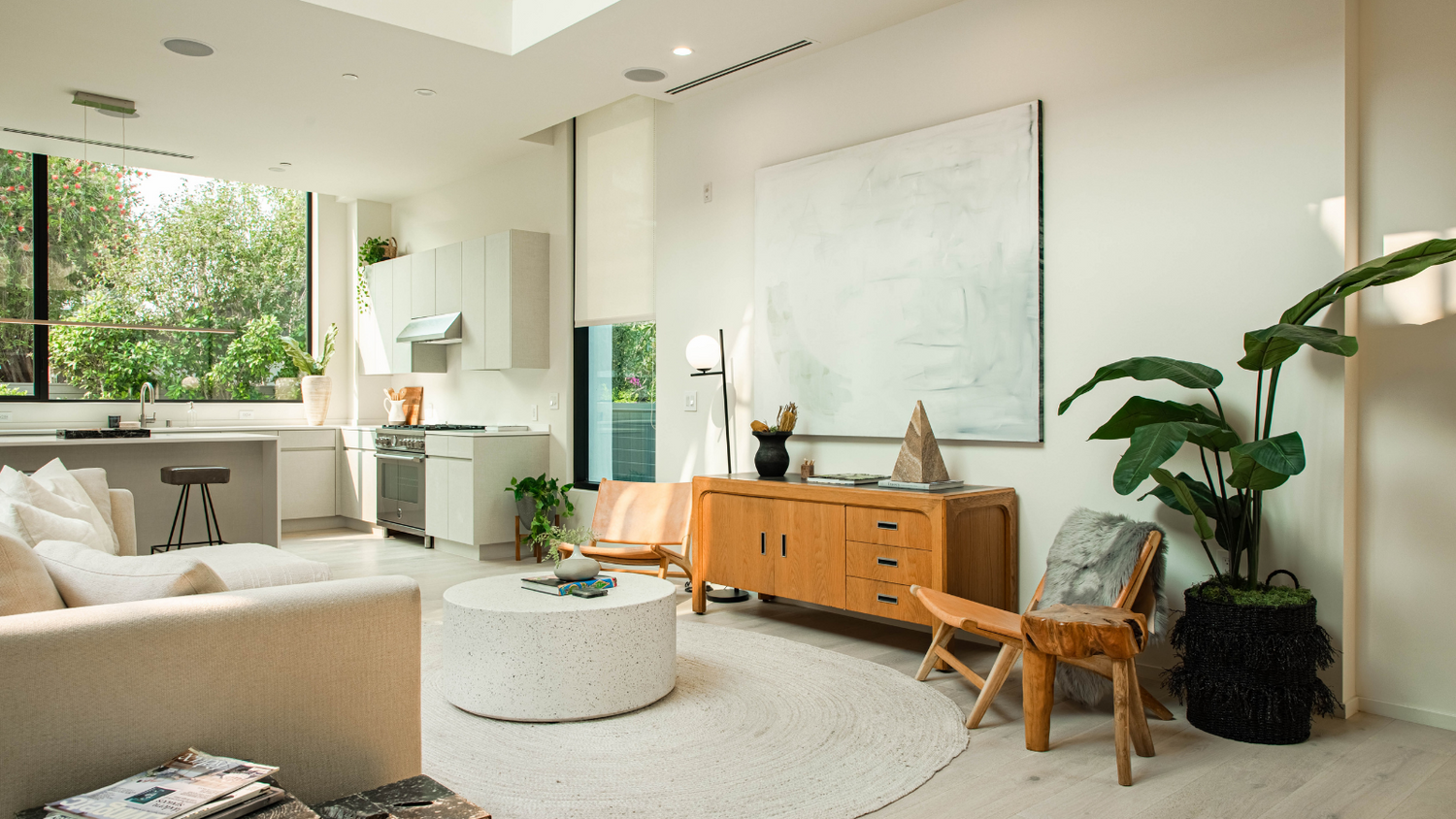Sustainability, eco-friendly, and energy efficiency have become increasingly important for homeowners over the last 5 years or so, and the biggest concern for many is their power usage. We’ve seen a huge rise in green energy suppliers such as Bulb, Octopus, and Ecotricity; helping consumers to shift away from coal and oil, but there are other, additional ways to help make your home more eco-friendly and energy-efficient.
One of the reasons that connected living technologies, and smart home systems in particular, have proved so popular is that they’re environmentally friendly. Between helping you to reduce your energy usage and providing easy ways to monitor your output, they can be incredibly helpful for those who are conscious of saving energy.
Read on to learn more about how Smart Homes can increase your energy efficiency.
Reduce Your Use
The easiest and most straightforward way of using smart home technology to make your home more energy efficient is to turn things off when you’re not using them.
We all know this from our school days: you should be turning things off at the plug when not in use. But when it comes to things like TVs, speakers, and even your charging cables, we often forget. Devices like Smart Sockets can automate this step, so when there’s nothing plugged into the socket, or you’re going to bed for the night, they can switch themselves off and cut back on that energy usage. It’s a simple fix, but it makes a huge difference.
The more advanced your setup, the more advanced you can get with your automations. Rather than simply turning off devices overnight, PIR sensors can see when you walk into your Living Room and so want to have the floor lamps on. When you head off to make dinner, the PIR can trigger the devices off just as quickly and easily. Similar automations can be applied to your heating so that your home is only turning the radiators on that are required to provide that perfect ambient temperature, room-by-room.
Less wasted energy means lower bills for you and fewer emissions for your home.
Monitoring
Smart devices come with an associated app as standard, which enables you to control your device on the go, as well as create any automations and routines easily. However, a few advanced systems allow their apps to do a lot more . Many can also give you an idea of how much power your appliances are drawing.
First and foremost, compared with ‘smart’ metres, it’s much more beneficial to understand energy use at the device level (meaning by each individual socket, or each individual lighting circuit). This is a great way to shed some light on your household’s energy habits which means you can cut down, or add in extra routines and automations as required. On top of this, you can also spot anything that doesn’t look right quickly and get it fixed. Maybe your fridge is pulling more energy than you’d expect - it’s probably due a service so you can get it functioning at its best. So whether you need to remind the kids to turn off the lights when they go out for the day, or you just want to keep an eye on your appliances, there’s plenty that your app can teach you. You can even set alerts and push notifications so you know when something’s not right.
The best part about saving energy with Smart Home devices is that you’re not restricting yourself in any way. You’re adapting your devices to work with your lifestyle so that they’re only pulling power when they need to be used. With monitoring through the app, you’re getting greater oversight into how your devices and appliances are performing, so that you know the second that something’s gone wrong. In short, it’s a powerful way of helping your home be more sustainable and reducing your carbon footprint.



